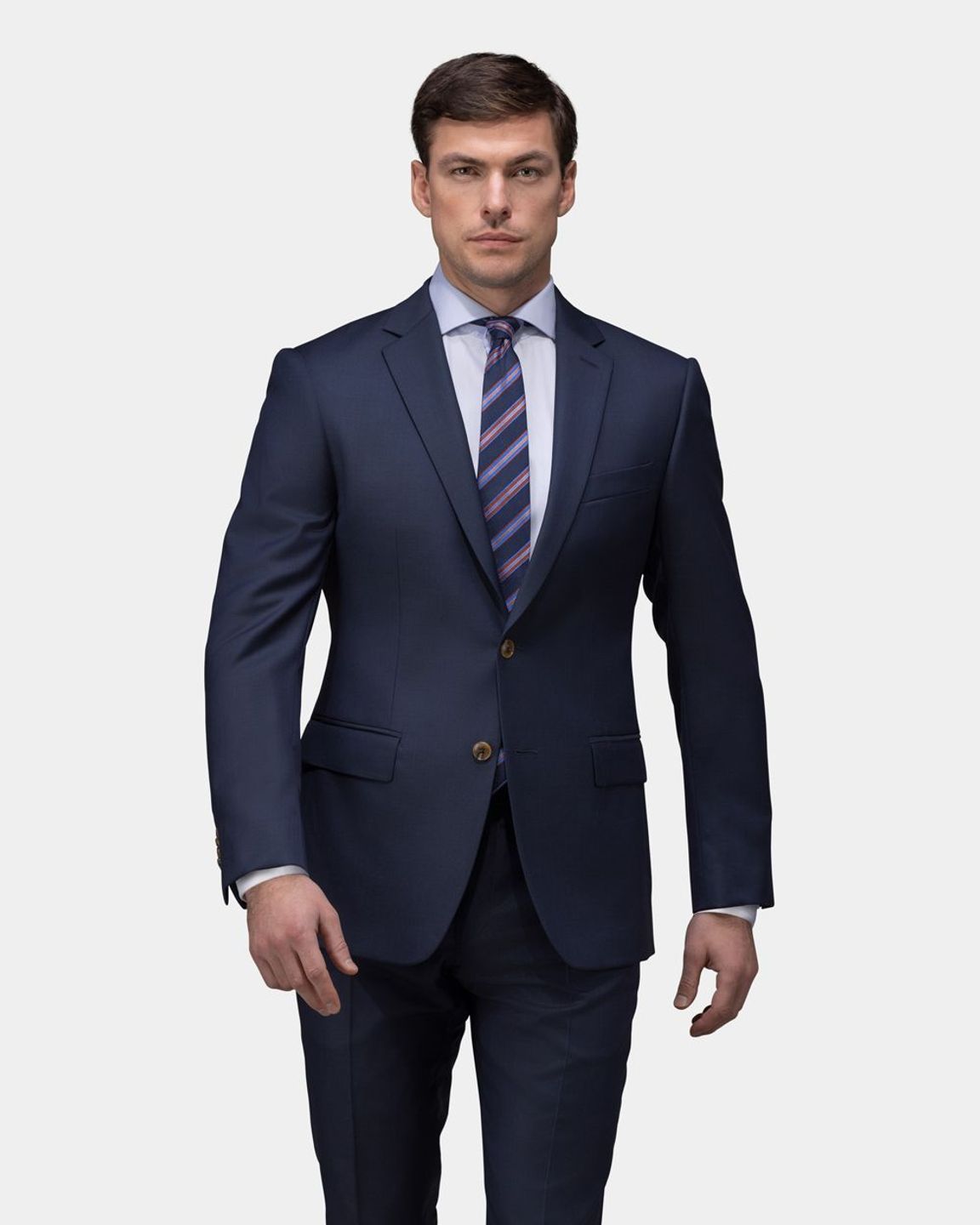Bespoke Tailor Perth: Personalized Suits Made Just for You
Bespoke Tailor Perth: Personalized Suits Made Just for You
Blog Article
Understanding the Tailoring Refine: From Material Selection to Final Fitting for the Ideal Wardrobe
The customizing procedure is a complex interaction of art and scientific research, starting with the critical decision of fabric selection and culminating in the accurate adjustments of last installations. Each textile type brings one-of-a-kind qualities that influence not only the visual appeal but likewise the garment's longevity and suitability for various celebrations.
Importance of Material Option
Choosing the ideal material is critical in the tailoring process, as it straight affects the comfort, resilience, and general aesthetic of the final garment. The selection of fabric sets the foundation for the garment's efficiency, functionality, and style. Various textiles possess distinct buildings, such as breathability, stretch, and weight, which can substantially impact exactly how the garment drapes and fits the body.

A customized item made from an appropriate fabric not only showcases craftsmanship yet likewise elevates the wearer's confidence. Understanding the subtleties of material selection is extremely important for any kind of tailoring undertaking. It guarantees that the end product not only meets the visual desires of the customer yet also lines up with useful needs, consequently achieving an unified balance in between form and function in the customized closet.
Sorts Of Fabrics and Their Usages
Comprehending the numerous sorts of textiles available is important for making informed choices throughout the customizing procedure. Each material possesses unique qualities that dictate its viability for specific garments and events.
Cotton, recognized for its breathability and gentleness, is perfect for laid-back wear and summertime garments. Its convenience enables it to be tailored into every little thing from tee shirts to dresses. Woollen, on the other hand, is favored for its warmth and structure, making it an outstanding option for formal suits and outerwear. Its all-natural flexibility helps garments maintain shape in time.
Silk radiates luxury and is light-weight, making it excellent for eveningwear and fragile shirts; however, it needs careful handling due to its frailty. Linen, with its textured surface, is a popular selection for cozy environments, offering a crisp and airy feel, yet it wrinkles quickly, which might impact the garment's appearance.
Synthetic fabrics, such as polyester and nylon, offer sturdiness and resistance to wrinkles, making them ideal for day-to-day wear and energetic clothes. Understanding these textile types and their buildings permits much better decision-making, guaranteeing that each customized piece not only fits well yet additionally aligns with the intended purpose and celebration.
The Tailoring Techniques Explained
The art of tailoring depends on a selection of strategies that change material into well-fitted garments. Central to this procedure is pattern drafting, where a tailor creates layouts based on the client's measurements and preferred style. This click for source preliminary step makes certain that the garment will certainly fit the wearer correctly prior to any type of reducing takes place.
When patterns are established, reducing methods enter into play. Precision is critical as errors can lead to misfitting garments. Tailors commonly use various cutting methods, such as single-layer reducing for elaborate styles and multiple-layer reducing for effectiveness on basic patterns.
Basting is an additional vital technique, allowing dressmakers to briefly sew fabric assemble for a preliminary fitting (tailored suits perth). This method provides the opportunity to assess the drape and overall silhouette prior to final sewing
Seaming strategies, consisting of flat-felled joints and French joints, boost the garment's resilience and visual appeal. Tailors additionally utilize strategies such as interfacing and padding to give structure and form to details areas, like collars and shoulders.
Last but not least, finishing methods, consisting of hemming and side completing, make sure the garment's longevity while offering a sleek look. Together, these methods create the foundation of effective customizing, causing exquisite, tailor-made clothing.

Suitable Changes and Factors To Consider
After the preliminary customizing techniques have been used and the garment is constructed, fitting adjustments end up being critical to attaining the best fit. These adjustments address numerous facets of the garment, ensuring it contours to the user's body shape and enhances general look.

The surge of trousers is one more vital aspect; it needs to sit pleasantly over the hips without causing discomfort, enabling simplicity of motion. Hemming lengths for both pants and skirts need to show the user's favored design while appreciating proportions.
In addition, attention should be provided to the back of the garment, guaranteeing that there are no unattractive pulls or excess material - tailor suits perth. Each modification must be meticulously thought about, as also minor alterations can considerably impact the general fit and aesthetic of the tailored item, ultimately bring about a closet that exudes confidence and sophistication
Keeping Your Tailored Wardrobe
Proper upkeep of customized garments is important to preserving their fit and appearance over time. To ensure durability, regular cleansing is critical. Always adhere to the treatment tag directions, which might recommend dry cleaning for fragile textiles or device washing for more long lasting products. web Stay clear of frequent laundering, as this can use down the textile and change the garment's form.
Storage is equally essential; usage padded hangers for coats and coats to keep shoulder framework, and store pants folded nicely or hung to stop creasing. Protect garments from direct sunshine, which can discolor colors and damage fibers.
Furthermore, regular inspections for minor repair services can stop larger problems. Inspect for loose switches, fraying joints, or signs of moth damage, dealing with these problems promptly to keep the garment's honesty.
Finally, think about seasonal turning. Using tailored items in small amounts permits textiles to recoup, expanding their lifespan. By implementing these maintenance techniques, you can make certain that your tailored garments continue to be as excellent as the day you initially used them, enhancing your suitable closet for many years ahead.
Conclusion
The tailoring procedure, encompassing fabric selection, proficient techniques, and precise suitable changes, plays a crucial role in creating garments that boost both comfort and style. Each stage adds to the overall performance of the end product, ensuring that garments not just fits well but likewise shows individual identity. Additionally, recognizing the value of upkeep extends the life of customized garments, strengthening their value in a well-curated closet. A thorough strategy to tailoring finishes in a polished and positive look.
Report this page